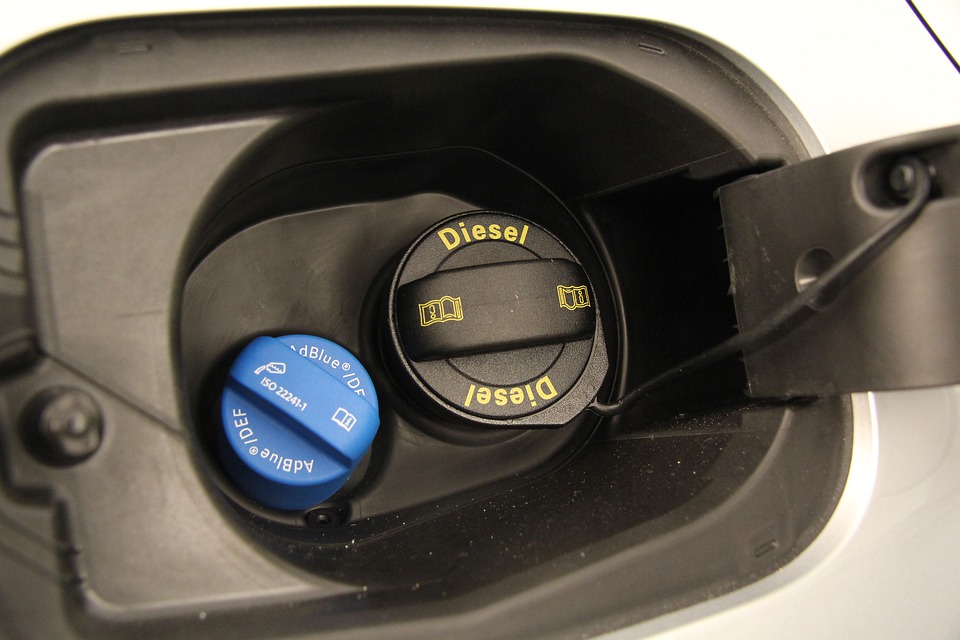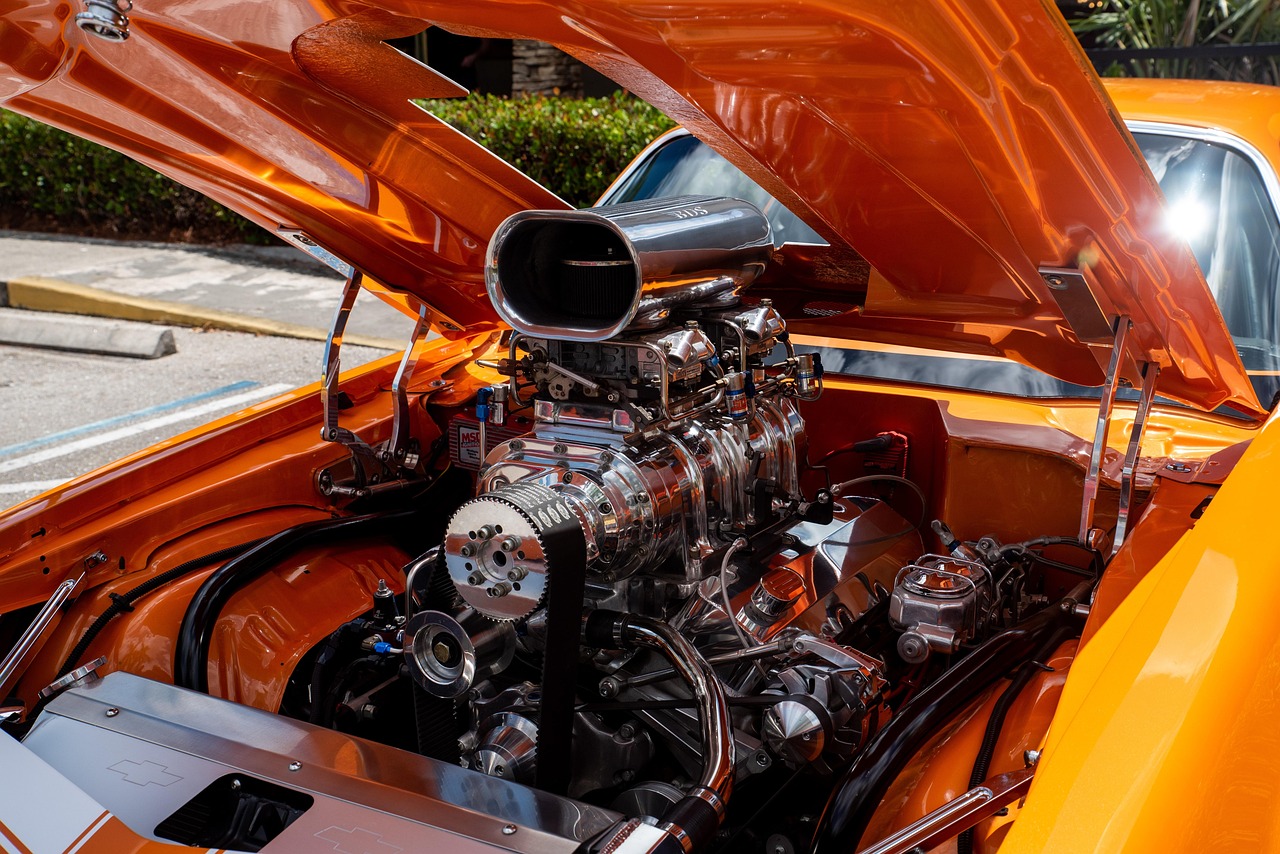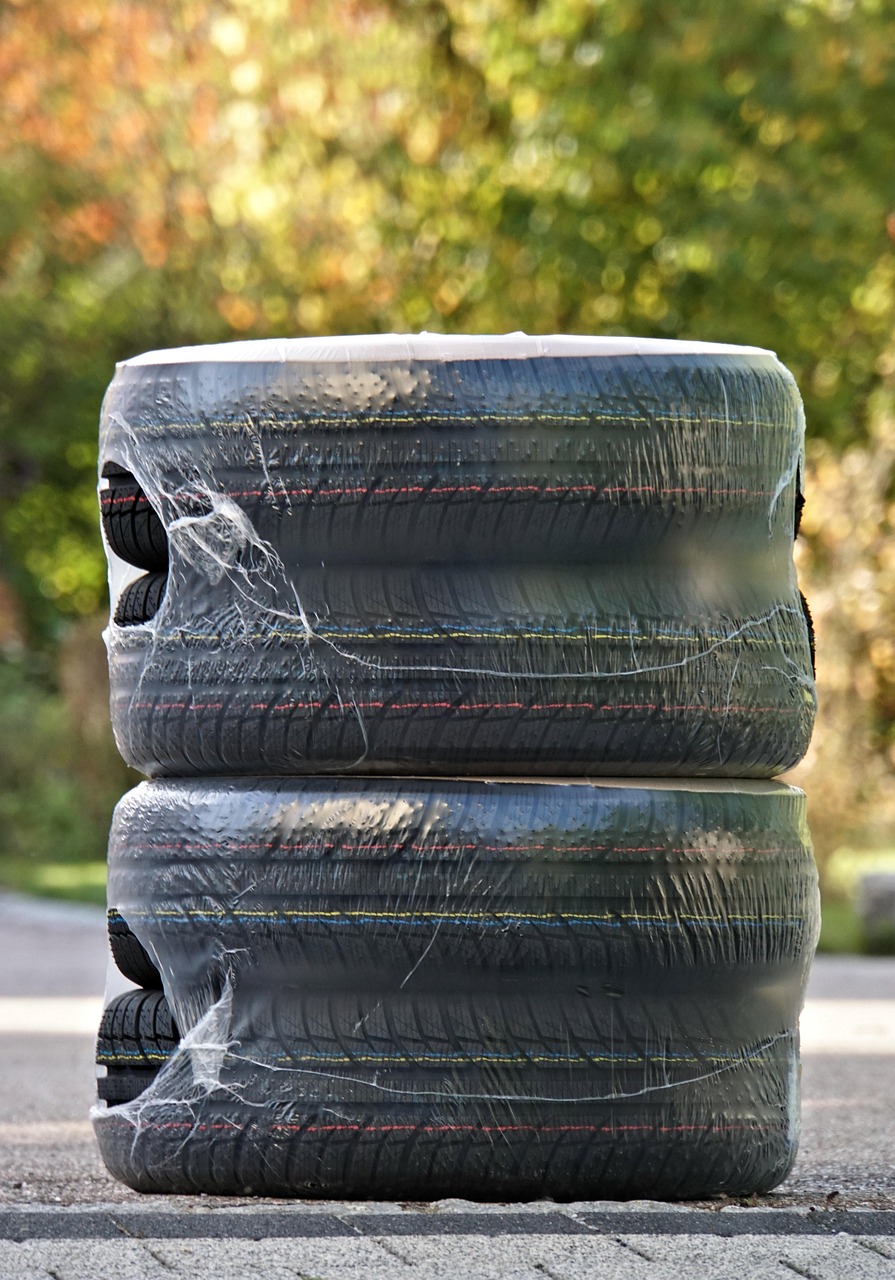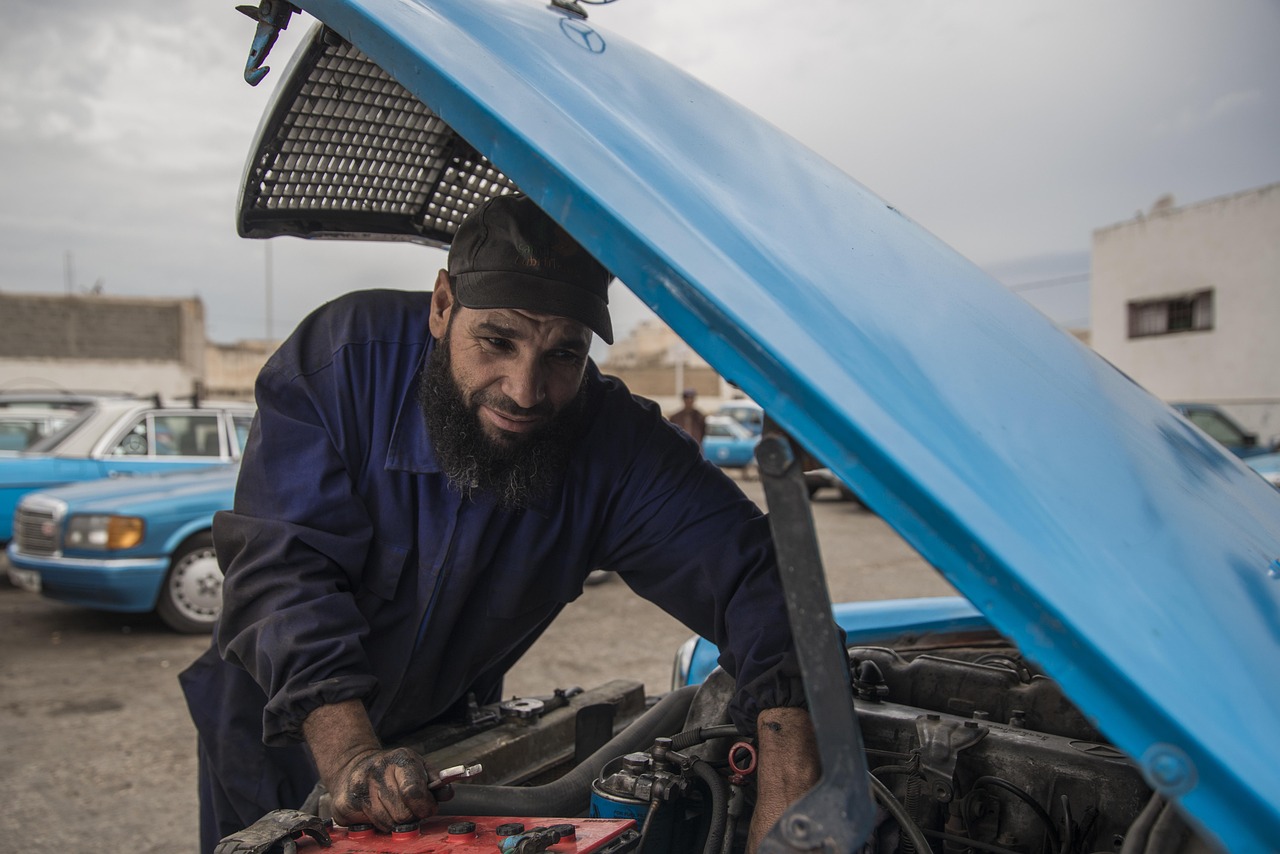Regular fuel tank cleaning is key to keeping your vehicle running smoothly. A clean tank ensures the engine is adequately supplied with gas, and that your fuel pump doesn’t fail prematurely after getting choked up. Here’s a detailed guide on how to clean up your fuel tank during your next maintenance round.
Stay Safe
Gasoline is a highly combustible liquid, and you don’t want the slightest risk of starting a fire as you work on your fuel system. Take the following precautions to stay safe:
- Choose a work area that is clean and clutter-free. Ideally, you want to have a few tools as possible on hand so you can stay organized.
- Have a fire extinguisher close by, and check your work site thoroughly to ensure there are no potential sources of flame/sparks.
- Ventilation is another thing you want to check before getting started. Keep the doors and windows open if you’re working indoors, and set up a fan nearby to ensure sufficient airflow.
- Wear a face mask to avoid inhaling toxic fuel fumes, as well as safety goggles to protect your eyes.
Drain and Remove the Tank
Empty your tank to the last drip. Not only will you minimize the risk of accident, but an empty tank is easier to work on too. Draining should be a straightforward process if your tank has a drain cock; just open it and let the gas flow out. Otherwise, siphon out the liquid using a flexible hose that will reach into the tank’s subsections. Be sure to store the gas in an approved container with a tight-fitting cap.
Also, remember to leave all valves/caps in position when removing your tank to simplify the re-install. The only thing you want to remove is the fuel pump to prevent residual debris from getting into the compartment. Once the tank is out, check for holes on the exterior walls and patch them up before proceeding.
Clean Up
A good fuel system cleaner will rid your tank of all the rust and sediment built up inside. Although you want to disperse the detergent throughout the interior surface, it’s worth noting that most of the buildup will be at the bottom. That’s where you should focus most of your attention.
We should also highlight that it’ll take a few soaking sessions to clean up the tank completely, so be patient. Don’t forget to run the cleaner through the rest of your fuel tank cleaning. For the tank’s exterior, a pressurized air hose combined with a brush should get the job done.
Put it Back
It’s recommended to let your tank sit for at least half an hour prior to re-installation. Do check it once more to ensure there’s no rust or physical damage, and remember to replace the fuel filter. As highlighted before, you want to ensure all caps, valves, and hoses are secured in their right places once you’ve restored the tank.







